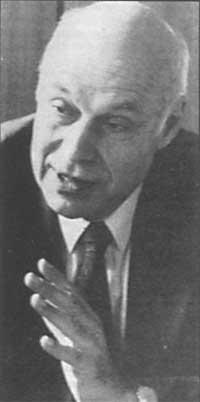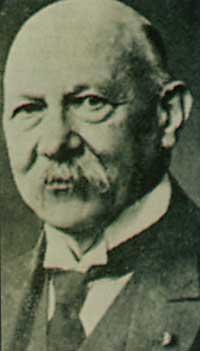Sessions to understand superconductivity through neutrons
1999/06/01 Elhuyar Zientzia Iturria: Elhuyar aldizkaria
The physical phenomenon called High Temperature Superconductivity was discovered 12 years ago, but the microscopic mechanism underlying it remains a mystery to scientists. The Max Planck Institute in Stuttgart and Princeton University are using neutron dispersion techniques to understand this mechanism.
In fact, the rotation or spin of the electrons of superconductors at high temperature is fundamental to understand the phenomenon of superconductivity. In superconductive materials, electrons with opposite spin are paired together, eliminating magnetic moments between them, allowing pairs of electrons to move without losing energy through the material. This allows electric currents to resist resistances in high-temperature superconductive materials.
Scientists have bombarded high-temperature superconductive material neutrons in Saclay and Grenoble reactors, obtaining an identical response to magnetically arranged materials. This response verifies the matching effect of electrons according to the Max Planck Institute.

Gai honi buruzko eduki gehiago
Elhuyarrek garatutako teknologia




